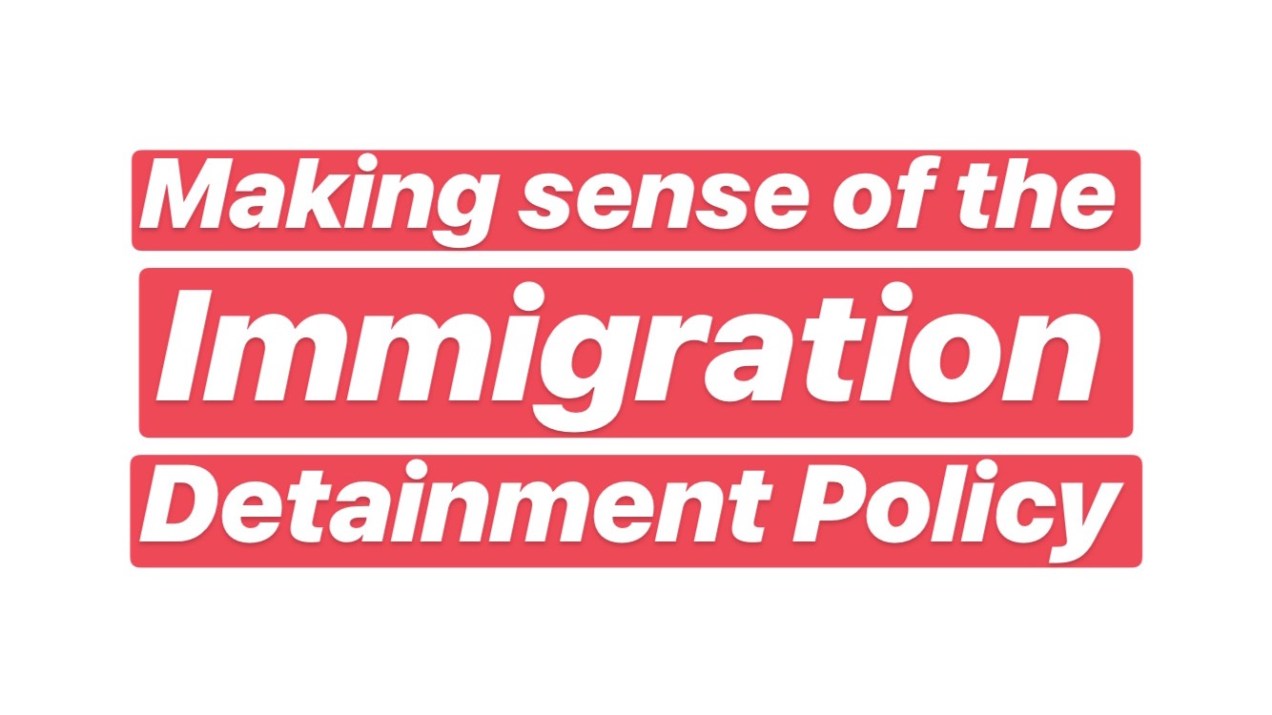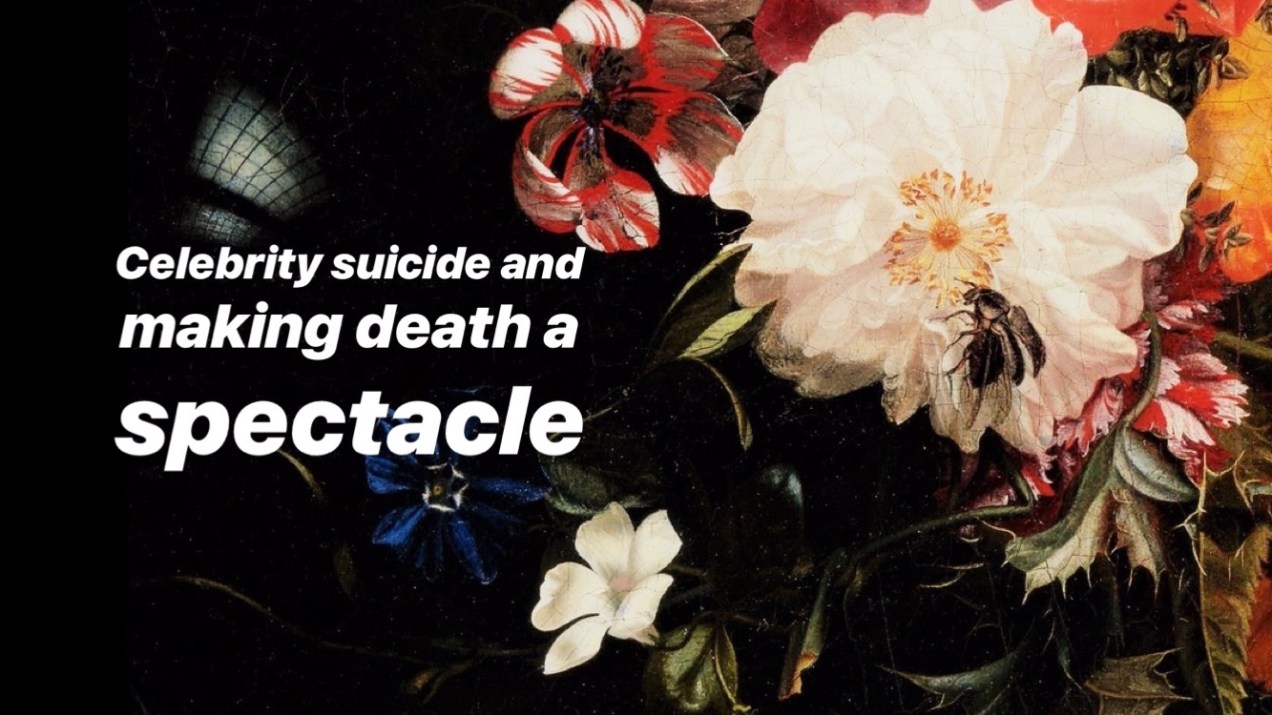When a niche culture gets into the mainstream, there is always the risk that it will be diluted, overrun or misrepresented. In the case of LGBTQIA+ people, I feel like I’ve noticed two ways (one overt and one subtle) in which queer people are being sidelined in their own movement.
The first is through “rainbow-washing,” which basically describes companies that create rainbow-or-Pride-themed products in correlation with Pride month in order to get people to give them their business. They can do this with vague promises of “donating” certain portions to LGBTQ groups, but recognize it for what it is: companies deciding that queer culture is something they want to cash in on.
Second is the subtle, and this is something I’m only beginning to notice and vocalize myself, so I apologize if it seems clumsy. I’m going to say something controversial – I think that there are well-meaning straight people culturally erasing queer identity from Pride. Using the “love is love” surface mentality of LGBTQ Pride, straight people are removing queer people from the narrative and celebrating sanitized and wholly unpolitical general “love.”
I first noticed this with people across my timeline: people who I have known (obviously this is not the end-all of their sexual and gender identities) to be straight celebrating Pride, largely with other straight friends, and using it as an excuse to get drunk and wear rainbow.
First, let’s be honest: I have gotten drunk and worn a Golden Girls t-shirt to Pride (and looked amazing). I’m not advocating that we all stay sober on the day of the parade, and solemnly stand in libraries. But I think that there are straight people who go to Pride parades, and other queer events, thinking that pride is just that and justifying their participation in these events by saying that they are celebrating “love.” I’m not advocating for the banning of straight people from Pride events, but I think that the risk we run by making it open to everyone in the mainstream is the re-marginalization of the original message.
Heterosexual people celebrating Pride under the “love is love” banner kind of sanitizes and erases queer people from the narrative entirely. Yes, love is love and everyone is entitled to love whomever they want, but it is not just that. By straight people saying that Pride means celebrating Love, they are eliminating the fact that Pride was actually birthed from the political struggle for queer equality. It is, at its inherent core, a political act.
LGBT Pride originated after the Stonewall riots, June 28, 1969, marking the start of the modern queer rights movement as we know it. It was the result of a series of increasingly violent and aggressive police raids against the Stonewall Inn, a gay bar in the Village. The clientele were queer people: gay and bisexual men and women, gender non-conforming people, drag queens, male prostitutes. These were people who came to the Village for the safety of its anonymity, because they were, in their essence, criminal in the 1960s.
During these police raids, the cops would arrest anyone dressing in the clothing of the “opposite” gender, anyone seen touching the same sex, any woman who was not wearing at least three pieces of “feminine” clothing. The police raids were a part of a larger effort to remove, penalize and arrest queer people. In the early 1960s, then-mayor of New York City Robert F. Wagner Jr. launched a campaign to rid the city of all gay bars. Police officers used “entrapment” methods (soliciting sex and sexual favors from men and then arresting them) to “catch” queer men. These methods ranged from police officers grabbing men they assumed to be gay in the crotch and seeing how they reacted, to engaging men in conversation and arresting them if the conversation veered towards going somewhere else or getting a drink.
Sylvia Rivera and Marsha P. Johnson were two of the first people to fight back after the police raided in the early hours of the 28th, and are credited as some of the earliest proponents of the modern LGBTQ rights movement. Rivera, a transgender activist and drag queen, went on to co-found the Gay Liberation Front (the first gay organization to use “gay” in its name) and the Gay Activists Alliance. With Johnson, she co-founded the Street Transvestite Action Revolutionaries.
The rainbow flag was created by Gilbert Baker, an artist, gay rights activist and drag queen, as a new queer symbol. After being elected to the San Francisco Board of Supervisors, and the first openly gay man to assume public office in California, Harvey Milk asked Baker, his friend, to create a new queer symbol as an alternative to the pink triangle, which was used to identify gay men and women in Nazi concentration camps.
That same pink triangle was used by Nike on sneakers as a part of its “BeTrue” Pride campaign, a clumsy misstep that they addressed in their PR release as having a “complex past,”: “Originally used to identify LGBTQ individuals during WWII, the triangle was reclaimed in the 1970s by pro-gay activists and was later adopted by the AIDS Coalition to Unleash Power (ACT UP) in their memorable 1980s-era “Silence=Death” campaign.”
Baker created the rainbow flag as a political act and a unifier for all queer people: “A flag fit us as a symbol. We are a people, a tribe if you will. And flags are about proclaiming power.” Baker refused to trademark the flag, seeing it as his life’s work and his gift to the queer community.
Everything about Pride is political. It is not just about “love is love,” because anyone can love. Pride relates specifically to the economic, social and political equality that queer people strive towards and will continue to strive towards. I think that we have been lulled into the notion that because same-sex marriage is legal, and because more mainstream society is accepting us more, that the fight is over. I think that there are many straight, well-meaning people who believe that this is just a chance to celebrate, wear cute clothes and drink. That is not true.
According to the Williams Institute at the UCLA School of Law, a quarter of LGBTQ respondents had experienced some form of workplace discrimination within a five-year period. There is no federal law against employment discrimination on the basis of gender or sexual identity. In 28 states, there are no explicit prohibitions for discrimination based on sexual orientation or gender identity in state law.
I’m not saying that every single person at Pride needs to be able to rattle off a list of statistics about the treatment of LGBTQ people; I didn’t even know all of this until I spent the time researching it. But what I’m saying is that we are not yet at a place where we can afford a “love is love” chill vibe. Recognize why you are here, whose space you are occupying, and what this means. Things are dire for a lot, if not most, queer people. To dilute that, or to paste over it with a general and vague “let’s celebrate” mentality, is not just annoying or stupid to queer people, but dangerous to our lives as well.





